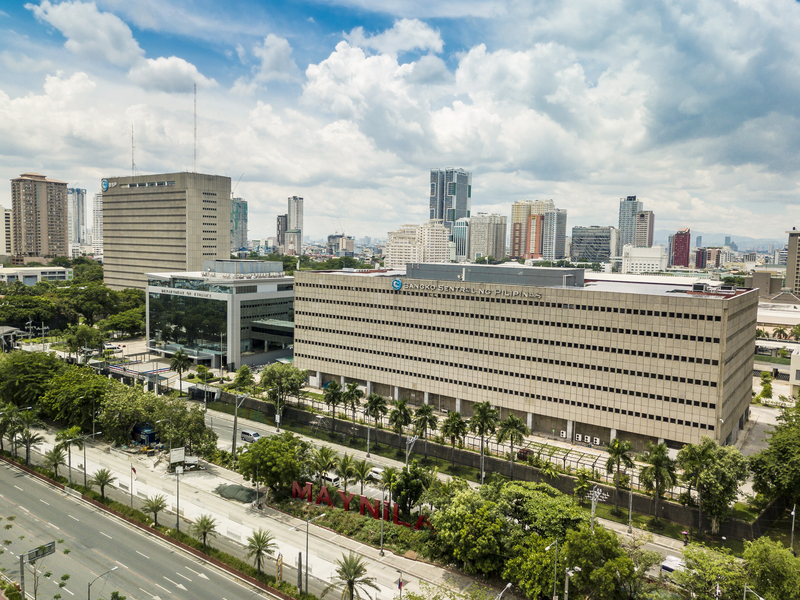Even as Chinese authorities debate over whether a strong stimulus or “flood irrigation” was needed to spur growth in the world’s second-largest economy, the Bangko Sentral ng Pilipinas (BSP) has problems convincing local businesses and households to make more use of the liquidity available in the financial system.
Peso liquidity conditions in the country remains high but the BSP said banks barely even notice or look what can be found at its rediscount window.
Data from the central bank show the banks basically ignored the BSP’s rediscounting window, whose availment rate fell further at end-December 2015 compared to the same period in 2014.
The rediscounting window was meant to assist banks address their liquidity needs. The central bank does this by allowing qualified lenders to get loans or advances from the BSP using the eligible papers of its borrowers as collateral.
A lower volume of availment means the banks have enough to finance their loan operations without the assistance of the central bank.
In particular, the total rediscounting availment of thrift and rural banks in the country amounted to P437 million in the January-to-December period last year.
The volume of availment was 67.3 percent lower than that reported in the same period in 2014. In 2014 the banks’ rediscounts totaled P1.34 billion.
Dollar rediscounts also declined significantly during the period. Under the BSP’s Exporters Dollar and Yen Facility (EDYRF), total dollar availment fell by 93 percent to only $700,000. In the same period last year, dollar availment aggregated $10 million.
Meanwhile, there were no yen-denominated availments made in 2015.
“Availments under the Peso Rediscount Facility and the EDYRF have declined due to the increase in rediscounting rates and ample liquidity in the financial system,” the central bank said.
According to the central bank, the peso rediscount availment of banks during the period were onlent as commercial loans.
In particular, commercial credits accounted for 84.1 percent of total availment; 5.1 percent to production capital; 2.4 percent to permanent working capital; 6.4 percent to the housing sector; and 2 percent for capital expenditures.





















